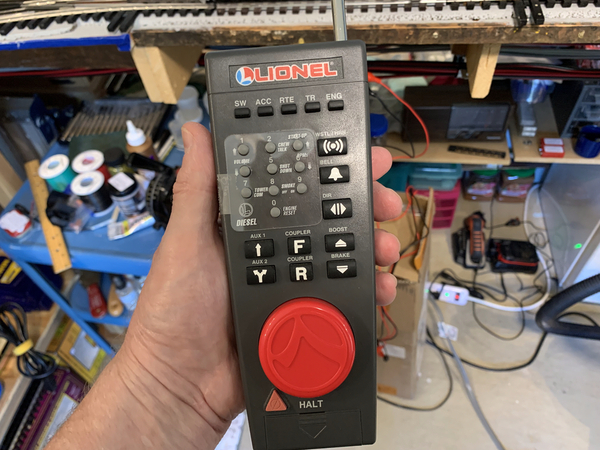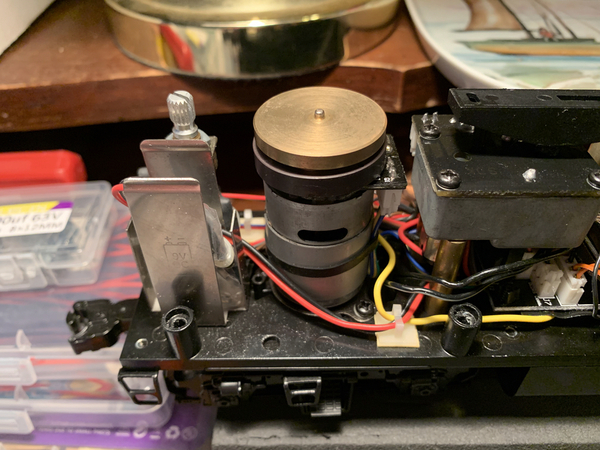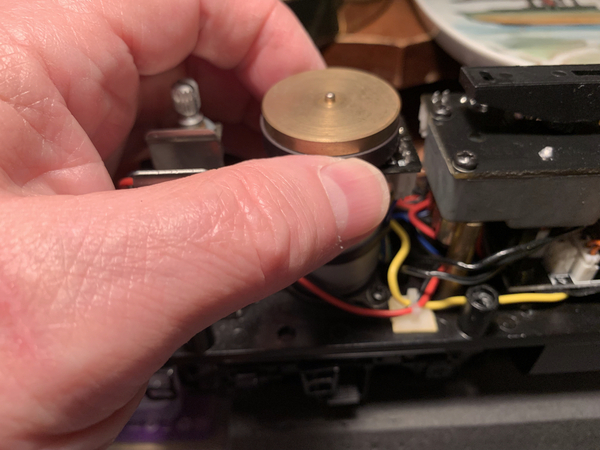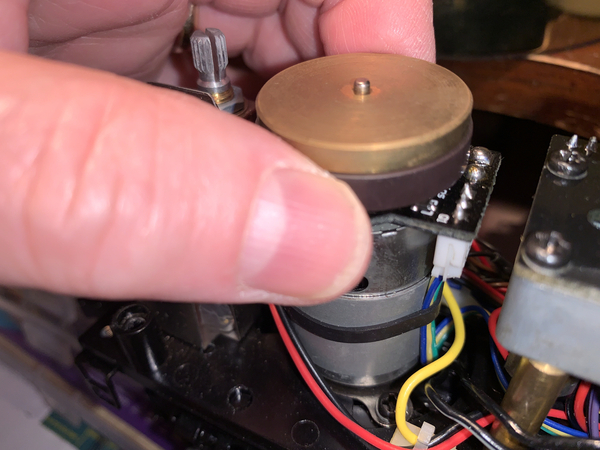I have a beautiful 6-14565 TMCC F3 A-A, one engine powered and one engine non-powered set, that I bought from a friend on the forum a while back. I know this set ran perfectly before he shipped it to me, but I have had speed control problems ever since putting it on the track. I have a DCC TIU that I also have a TMCC Base 1 connected. I have ran other TMCC and Legacy engines flawlessly with this setup.
This set runs very erratically until I have the speed control knob turned over a half a turn, then it settles down to smooth running. Also note near the end of the video, I am turning the speed control back down, and it starts to run erratically again. I have run it with the TMCC Base connected to the DCS using the TMCC Cab 1 and the DCS remote. I have also run it on a track with only the TMCC base connected and no DCS TIU in the circuit using both the ZW and the Z4000 for power. I get the same results. The video is taken using the TMCC and no DCS in the circuit.
Since I know it worked before it was shipped to me, I am asking what I can do to correct it. Is there some test I can run? Does it need a factory reset? All help is appreciated!











